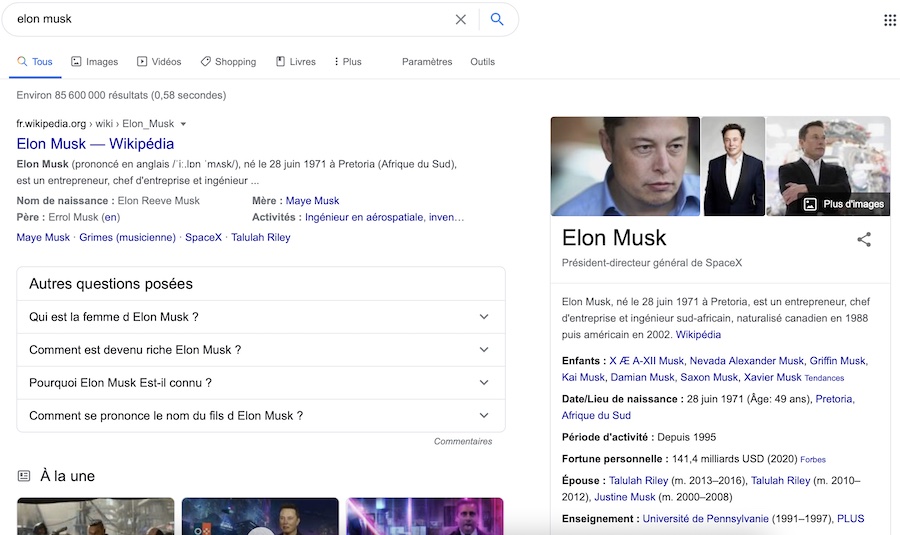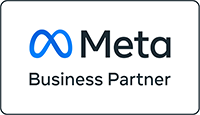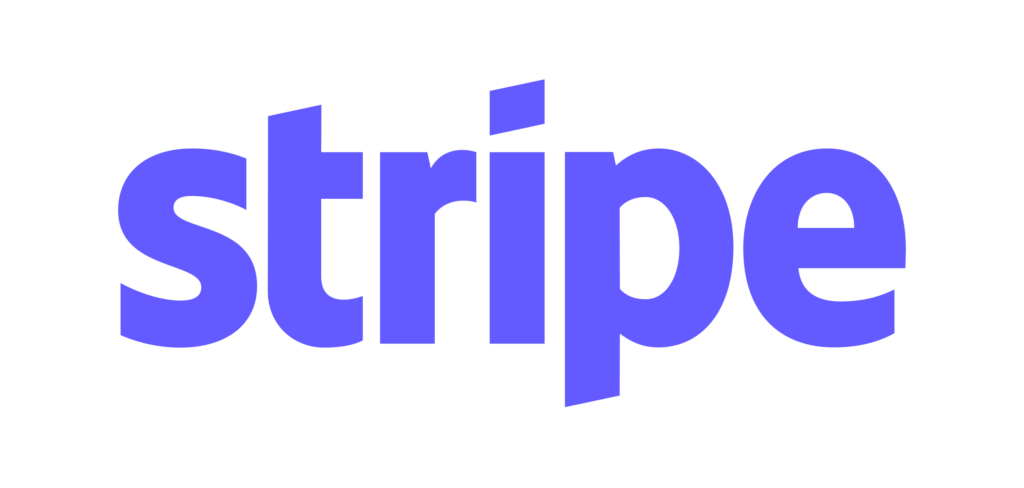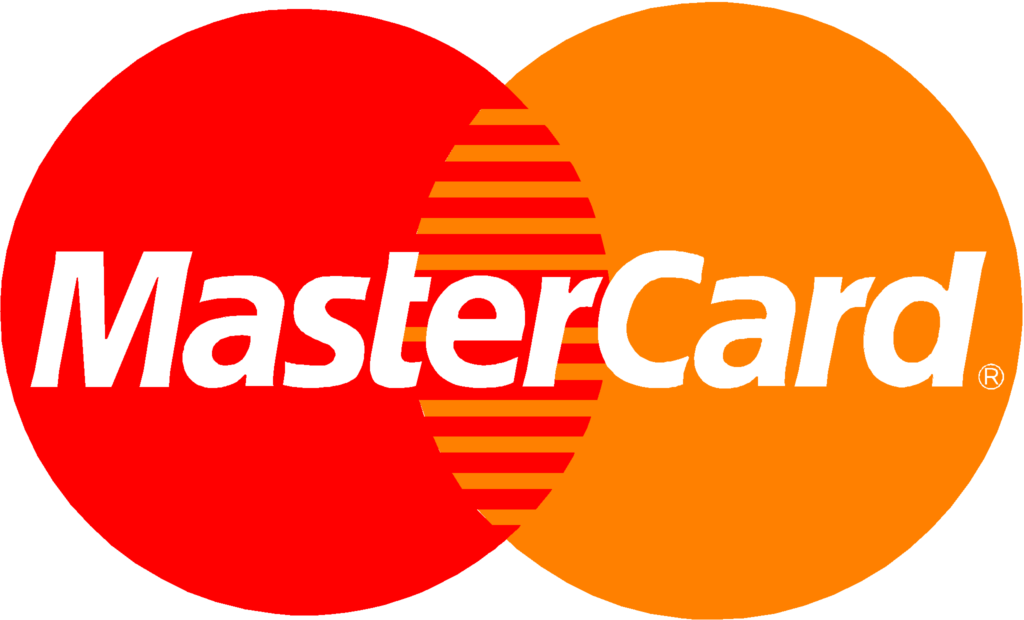1) FOCUS ON THE USER AND SEARCH INTENTIONS
“Basically, Google (and other search engines) is a place to go when people want to answer a question or find out more about something. When we understand the nature of the reasons, people search and help them with content that gets them the answers they’re looking for, our business benefits. – Jenn Mathews, SEO manager at GitHub.”
Concretely this means that the referencing efforts for 2021 will have to be reassessed, in particular by abandoning certain traditional practices that turn out to have the least value, as the successive evolution of algorithms, such as example, the rewriting of meta descriptions for each page. Rather, it will be necessary to focus more on a better understanding of what is happening in the search results and intentions to adjust your SEO strategy and the various actions to be deployed.
Brands will have to (partly) forget about themselves and take care of their visitors by focusing in particular on:
Text that addresses visitors’ needs and concerns, not a text that talks about your products, your business, or why your product is good.
A fast, healthy, and efficient website.
The ease for visitors to find your content. No forced pop-ups or recordings.
2) CUSTOMER ANALYSIS, CUSTOMER RETENTION, AND LIFETIME VALUE
Previously, SEO was (mostly) about driving traffic, but this has evolved and requires much finer ROI than the number of visitors or the duration of consultation of a web page. Now it’s about learning more about user behavior analysis – what your customer does, how they do it and how we can get them to do it faster.
It is no longer just a question of the volume of keywords searched. The COVID-19 pandemic has shown us that keyword research is not always useful when the world is constantly changing. To differentiate yourself, focus on examining frontline user research by examining rising trends to uncover hidden opportunities with service offerings and content ideas that keyword research tells us. Maybe not.
With some budgets likely to drop, businesses will need to focus much more than ever on building customer loyalty and increasing customer lifetime value.
Your post-acquisition content should answer the questions, concerns, and needs expressed by your customers during their research, and you should live up to these terms. Otherwise, you risk that other people will influence them and distance them from your brand. Therefore, it will be a question of understanding your customer as well as possible and providing them with valuable content. Otherwise, you will lose it to someone who understands it better like… Google! The customer must, therefore, once again become the central point of your strategy. This requires reassessing your practices and processes with respect to the customer. MakForple, make sure that important questions and remarks from these are escalated and can be resolved through help articles. Also, look at the keyword data from the Google search console to find relevant and existing topics that should be covered. Ensure the answers are concise and factual and that they are posted on a topic page in an FAQ, kept up to date. Be careful, however, not to make a Prévert-style list of unique questions published without tail or head: also think of UX!
One of the keys to attracting and retaining customers in 2021 is creating value. And a lot of that value comes from your content. To maintain visitors’ interest and confidence, the content offered must be the most comprehensive, practical, and useful, in accordance with their previous searches on Google. This type of content requires focus, time, commitment, investment to be created.
3) BRAND OPTIMIZATION IN SERPS AND KNOWLEDGE GRAPHS
In 2021, monitoring SERPs directly related to the brand and Knowledge Graphs will become the norm. Knowledge Graphs (or Knowledge Panels) correspond to areas displayed in search results when the query relates to a named entity, most often a famous person, a company or a place.

In 2021, research that will focus on entities will go through Google’s understanding of this entity, i.e., who it is, what it does, what it offers as services. This amounts to saying that it is Google that does the elevator pitch for these entities. The whole challenge will be to consider their brand as a will have to work on the way Google understands and perceives this brand to improve their presence in the Knowledge Graph.
Many also think that we could start seeing personalized Knowledge Graphs from 2021. Indeed, Google has so much information about you, your search history, the content of your emails in Gmail, social networks, browsing and purchasing behavior on sites, and that he can set up personalized devices.
Concretely, what does this imply for the SEO actions to be implemented in 2021? It requires optimizing your brand’s entire digital presence (e.g., your YouTube channel, your images) and how Google showcases them. Today it’s not just about your website anymore, but all the digital media you own and control ( the owned media ) and how they interact with each other in search results. If they all come together through various snippets, does that tell a good story about your brand?
For SEO professionals, the new challenges of 2021 must focus on understanding the complex concepts behind topics (entities, sub-topics) and natural language processing and how entities play a role in ranking from Google. Forget about over-optimization of content by TF-IDF methods ( Term Frequency and Inverse Document Frequency is a measure used to determine the relevance of a term in a document), or keyword frequency, and start focusing on entities, topics, and using Google Natural Language. With machine learning, search engines are getting smarter and better at understanding queries to the extent beyond the keywords used in those queries. Be careful, good keyword research is always necessary, but it comes second to understand the subjects/entities related to the query and the query’s intention.
However, one of the tools that are not concerned with keywords is Google Discover, and it will prove to be a valuable tool in optimizing your SEO for 2021. Therefore the only way to optimize Google Discover’s visibility is to establish your entity in the Knowledge Graph and perfect how it is connected to the thematic layer? The preliminary step is to follow the result score of your brand in the Knowledge Graph API. Then you have to work on activities other than creating quality content to boost their presence in the Knowledge Graph, including:
- Ensure complete and correct markup of the organization.
- Establish a presence in relevant knowledge bases such as Wikidata.
- Claim your Knowledge Panel.
- For physical businesses, setting up your Google My Business profile.
4) CORE WEB VITALS AND OPTIMIZING THE PAGE EXPERIENCE
With Google’s introduction of Core Web Vitals as a ranking factor in 2021, page experience metrics can now not ignored to improve SEO. Websites and businesses need to prioritize themselves to make sure they don’t fall behind their competition. Make the most of the information provided by tools like Lighthouse and Crux API. Everything needs to be optimized, from page speed to mobile adaptation, rendering, image optimization, and security protocols.
You have to consider how a page is perceived by the user, and not just whether it is accessible and understandable to a search engine. This implies adopting a user-centric approach in its optimization efforts, in particular by emphasizing:
- The speed and fluidity of page loading. How quickly pages respond to user interactions.
- The ease of use and navigation of a website on mobile devices.
- The safety and security of a site connection when users browse it.
Incorporating the page experience into your SEO work will not only help sustain your website’s performance and rankings before the next algorithm update, but it can also help improve UX and UX.
It’s also about making sure that Google can access the best content on your site from anywhere – and making sure that your site has a noticeably better user interface than your competition. In short, measure and test to assess the relevance of your content. The fact that Google is focusing on Core Web Vitals shows that it is starting to measure how boring classic sites can be, so give your users an enjoyable experience, and Google will do the same for you. This is the essence of SEO.
5) SEO IS MOBILE ORIENTED
Saying it and repeating it to whoever wants to hear it is a bit of a leitmotif every year: mobile-friendly sites have an impact on rankings in search rankings. In 2019, Google introduced mobile oriented indexing (mobile-first indexing), which means that the search engine looks mainly mobile version of a website, considering it as the “primary” version instead of the desktop version. According to a World Advertising Research Center (WARC) report, nearly 73% of internet users will access the internet only through mobile devices by 2025.
Also, anticipate this development by checking how your site behaves on mobile phones thanks to the free Google test tool.
To make sure your page is mobile-friendly, you need to make sure that Google can crawl your URLs. Make sure there is no “prohibition directive” in place. Additionally, be careful that Google’s bot does not load content that requires user interactions, such as clicking or dragging.










